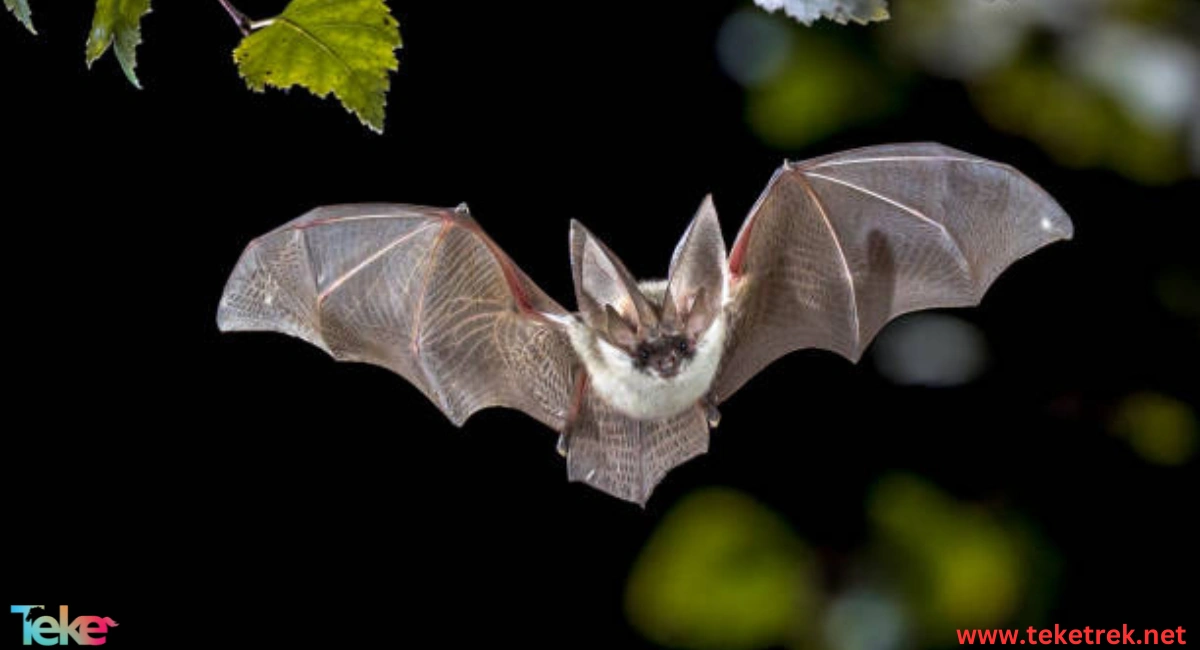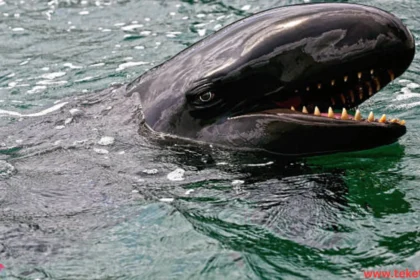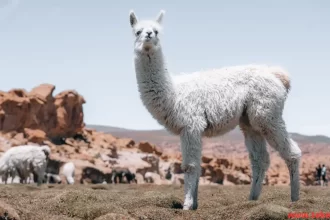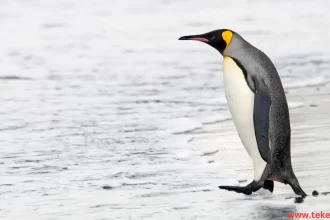Eco-friendly animals: How do they help and balance nature? The relationship between animals and the ecosystem is a close and complex one, as animals play a vital role in maintaining the balance of the environment. Each type of animal, from birds to mammals and reptiles, contributes in different ways to enhancing the health of the ecosystem. Animals affect the life cycle by pollinating plants, activating the soil, and controlling the numbers of other species. They also contribute to the distribution of plant seeds, which helps to regenerate forests and maintain biodiversity. In this article from teketrek, we will review how eco-friendly animals play a fundamental role in preserving the environment, and highlight some species that are considered eco-friendly and how they contribute to enhancing nature and its balance.
Examples of environmentally friendly animals:
Environmentally friendly animals are essential to maintaining the balance of the ecosystem, and the most prominent of these animals are:
Bees
Bees play a vital role in the pollination process, as they are considered one of the most successful pollinators in nature. When bees move from one flower to another in search of nectar, they transfer pollen, which contributes to the reproduction of plants. This process not only enhances the growth of plants, but also contributes to the production of fruits and vegetables that humans and many other living organisms depend on. Thanks to the efforts of bees, important environmental balances are achieved, making them a wonderful example of environmentally friendly animals.
Worms
Worms are one of the most prominent examples of environmentally friendly animals, as they play a fundamental role in improving soil quality. Worms dig tunnels in the soil, which facilitates the flow of air and water, and enhances the soil’s ability to retain moisture. In addition, worms contribute to the decomposition of organic matter, such as fallen leaves and waste, which leads to the production of natural fertilizer rich in nutrients. This fertilizer enhances soil fertility, which supports plant growth and increases crop productivity. Thanks to these processes, worms are an essential part of the ecosystem, contributing to maintaining the balance of nature. The continued existence of environmentally friendly animals such as worms reflects the importance of preserving biodiversity and ensuring soil health, which positively impacts the environment in general.
Cow and buffalo
Cow and buffalo are environmentally friendly animals, as they play an important role in sustainable agriculture. These animals are used in agricultural work, as they help in plowing the land and transporting crops, which reduces reliance on heavy machinery that consumes fossil fuels.
In addition, cows and buffalo contribute to the production of natural fertilizer, which is a rich source of nutrients necessary for the soil. This fertilizer helps improve the quality of the soil and increase its fertility, which leads to the cultivation of healthier and more sustainable crops. Raising cows and buffalo also contributes to achieving an environmental balance, as they contribute to the life cycle of plants by consuming excess herbs and plants, which helps control the growth of weeds. In short, cows and buffalo are environmentally friendly animals, as they can be used in ways that support sustainable agriculture and maintain the health of the ecosystem in general.
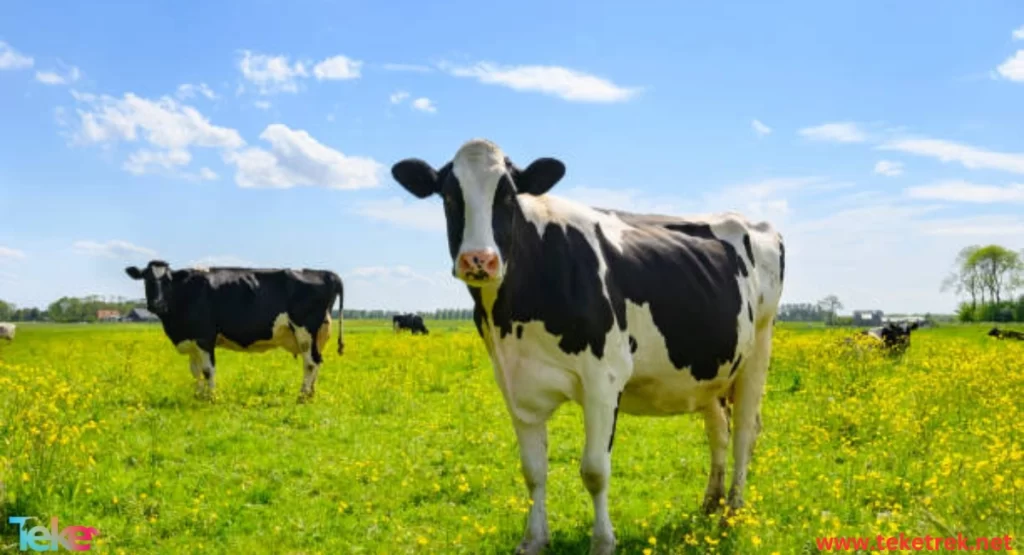
Bats
Bats are considered one of the most environmentally friendly animals, as they play a vital role in naturally controlling pests. Bats are known for their ability to eat large quantities of insects, including pests that are harmful to agricultural crops.
Thanks to their nocturnal activity, bats contribute to reducing the number of harmful insects, which helps farmers preserve their crops without having to rely on harmful chemical pesticides. This process is a great example of how environmentally friendly animals interact with the ecosystem to support sustainable agriculture.
In addition, bats play a role in pollinating some plants and spreading their seeds, which contributes to enhancing biodiversity. Therefore, maintaining bat numbers is essential to maintaining the balance of the environment and supporting efforts to naturally control pests.
https://teketrek.net/the-red-fox/
How do these animals preserve the environment?
Contributing to improving the soil
Environmentally friendly animals contribute effectively to improving the soil, which enhances the health of the ecosystem. Among these animals, worms, cows, and buffalo play a key role in enhancing soil quality. Worms dig tunnels in the soil, which helps improve soil aeration and facilitate water flow. Their activity in decomposing organic matter produces natural fertilizer rich in nutrients, which increases soil fertility. As for cows and buffaloes, they are used in sustainable agriculture, as they contribute to plowing the land and transporting crops. By producing natural fertilizer, these animals enhance the quality of the soil and help plants grow healthily.
Reducing the use of chemicals (such as pesticides)
Environmentally friendly animals play an important role in reducing the use of chemicals, such as pesticides, which contributes to protecting the environment and the health of the ecosystem. For example, bats and bees are organisms that help control the number of harmful insects naturally.
By eating large quantities of insects, bats reduce the need to use chemical pesticides, which helps maintain the ecological balance. Similarly, bees contribute to pollinating plants, which enhances the growth of crops naturally without the need for chemical intervention.
Furthermore, worms and cows help improve soil and produce natural fertilizer, reducing reliance on chemical fertilizers. Through these multiple roles, eco-friendly animals show how they can help reduce the negative impacts of chemicals, enhancing the sustainability of agriculture and maintaining the health of the environment in general.
Preserving biodiversity
Plays Eco-friendly animals play a key role in preserving biodiversity, a vital component of the sustainability of ecosystems, as these animals contribute to enhancing the balance of the environment through their interactions with other living organisms.
For example, bats and bees are among the creatures that contribute to pollinating plants and spreading their seeds. These processes are not only important for plant growth, but also enhance the diversity of plant species, which helps support the various organisms that depend on these plants as a source of food.
In addition, worms play a vital role in improving soil quality, which enhances the growth of diverse plants. By supporting a variety of plant species, eco-friendly animals contribute to creating more sustainable and resilient environments. Therefore, eco-friendly animals are essential elements in preserving biodiversity, which contributes to protecting the ecosystem and enhancing its sustainability for future generations.
https://teketrek.net/important-information-about-the-great-white-shark/
How can you support eco-friendly animals?
We can support eco-friendly animals through a range of effective measures, starting with:
Planting plants that attract bees and butterflies
This step is essential, as bees and butterflies play a vital role in pollinating plants, which contributes to enhancing biodiversity and ecosystem health. When choosing the right plants, it is preferable to choose native species that are adapted to the surrounding environment and provide food and shelter for these creatures. By providing environments rich in flowering plants, we can boost the numbers of bees and butterflies, which benefits environmentally friendly animals in general. Moreover, these plants can contribute to improving soil quality and increasing agricultural sustainability. Therefore, planting plants that attract bees and butterflies is an effective step to support environmentally friendly animals and enhance natural stability.
Stop using materials that are harmful to nature
This step is essential to maintain the health of ecosystems and ensure the safety of living organisms that depend on clean and safe environments. Harmful materials, such as chemical pesticides and synthetic fertilizers, negatively affect soil and water, threatening the lives of animals and plants. By reducing reliance on these materials, we help protect environmentally friendly animals, such as bees, birds and amphibians, who suffer from the effects of pollution. Alternatively, sustainable agricultural practices, such as the use of organic fertilizers and natural pest control methods, can be adopted, which enhances the health of the environment. Therefore, stopping the use of substances that are harmful to nature is an effective step to support environmentally friendly animals and enhance the sustainability of ecosystems.
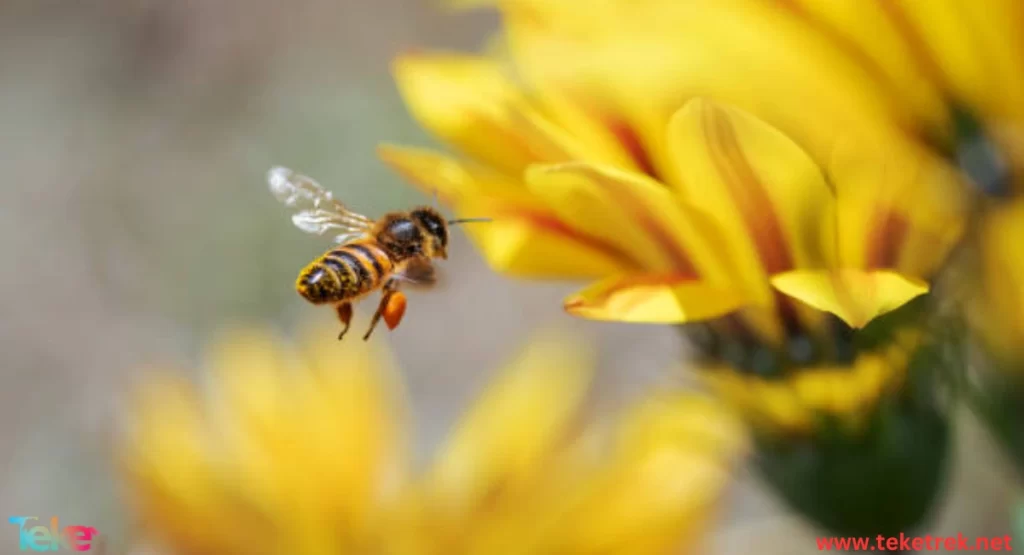
Support biodiversity conservation initiatives
These initiatives are essential to protect different species and ensure the sustainability of the ecosystems on which these animals depend. These initiatives include many activities, such as protecting natural habitats, planting native plants, and raising awareness of the importance of biodiversity. By participating in these initiatives, you can contribute to creating healthy environments that support environmentally friendly animals and help restore threatened species. You can also provide financial or volunteer support to organizations working in the field of biodiversity conservation. Through these efforts, we enhance the ability of environmentally friendly animals to survive and thrive, which contributes to achieving a sustainable environmental balance.
In conclusion, it is clear that environmentally friendly animals play a vital role in maintaining the natural balance and supporting the health of our ecosystem. These creatures are not just elements of nature, but are a fundamental pillar to ensure the sustainability of life on our planet. So, we must all work together to preserve and support these animals. By taking simple steps, such as protecting natural habitats, planting plants that enhance their presence, and refraining from using harmful materials, we can all contribute to creating a better environment. Supporting environmentally friendly animals is not only an environmental duty, but an investment in our future and the future of future generations. Let’s start protecting these wonderful creatures today, and together, let’s contribute to building a more balanced and sustainable world.

